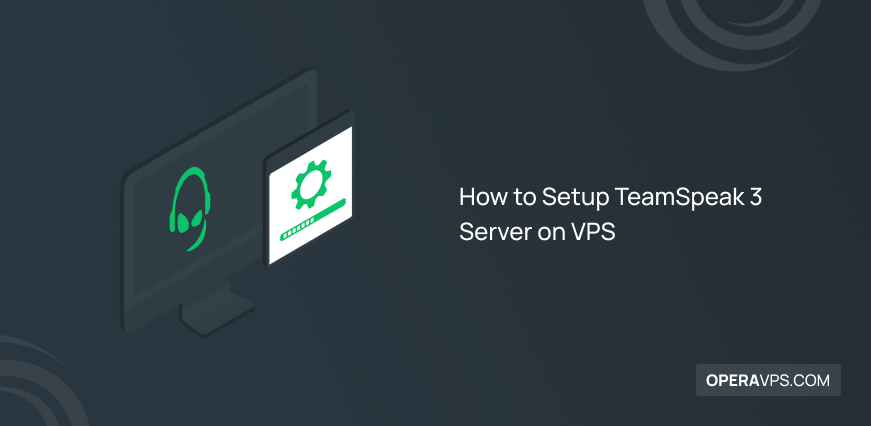Ashley B.
Content Writer (Hi! I’m Ashley, a Linux Administrator with a passion for making Linux simpler and more accessible for beginners. Since 2021, I’ve been writing friendly, practical guides at OperaVPS to help users install software, use the command line, and get comfortable with their VPS. Linux doesn’t have to be intimidating. and I’m here to show that anyone can learn it with the right support and a little curiosity.

4 Methods to Install and Use Emacs Text Editor in Ubuntu
Emacs is a versatile, customizable, and extensible text editor that goes beyond the traditional text editor. Emacs created a new attitude of the text editor for Linux users. By providing rich and advanced features, in addition to text editing, Emacs is used as a complete and integrated platform for various tasks such as programming, coding, […]

How to Free Up /boot Partition Space in Ubuntu
Ubuntu is one of the modern, stable, and popular Linux operating systems that has many fans with the valuable advantages it has created. By now, you have probably received the warning that the /boot partition is full or /boot partition has no space left. This warning in Ubuntu informs that the /boot partition space is […]

How to Solve Permission Denied Error in Linux
Privacy is Linux’s no 1 concern. Since the permissions of the user and group Linux files and directories work independently, being allowed to open a file does not necessarily mean that you can edit it. Solve Permission Denied Error in Linux is what you will learn in this article to get skilled in what to […]

Final Guide to Update Kernel in CentOS to the New Version
The kernel is the heart of the operating system, which is the interface between the hardware and the software applications running on it. The kernel of an operating system is the central part of the operating system that is responsible for managing hardware resources and providing essential services that cause interaction between software and hardware. […]

10 Best Linux Tools to Help Troubleshooting DNS Issues
You must have heard about DNS many times. You know that the DNS service, which stands for Domain Name System, is a vital service of the internet infrastructure in the network world. It has the task of translating human-readable domain names to machine-readable IP addresses and vice versa. It also identifies the domain names of […]

How Can I Hide Files and Show Hidden Files in Ubuntu
Despite regular commands in Linux which are visible, several hidden files are not visible by default. The hidden files are used for storing configuration settings, system information, or user preferences. In this article, you will learn How to Hide Files and View Hidden Files in Ubuntu. Hidden files usually start with a dot, and they […]

Best Guide to Installing Android Studio on Ubuntu & Debian
Have you ever wished to build your favorite mobile apps on your computer? If yes, you just need Android Studio which is the official Integrated Development Environment (IDE) for developing applications and software. In this article, you will learn How to Install Android Studio on Ubuntu and Debian in two different methods.

How to Install DirectAdmin Control Panel on AlmaLinux
As an administrator, you should manage your website. DirectAdmin is a web hosting control panel that allows you to manage all aspects of your website. In this article, you will learn How to install DirectAdmin on AlmaLinux in a simple and quick way to enjoy all its features. In the end, you can easily use […]

How to Update Ubuntu Linux Kernel to the Latest Version?
Linux kernel is a free, open-source operating system kernel. It serves as the primary interface between the hardware and processes of the computer and is the main part of the Linux operating system. In this article, you will learn How to Update Ubuntu Linux Kernel to the Latest Version. Instead of offering you the most […]

How to Setup TeamSpeak 3 Server on VPS
To communicate and chat with friends in a group or team, especially when you are playing an online game, you need a stable and light tool! TeamSpeak is a free VoIP(Voice over Internet Protocol) software that you can set it up on a VPS and create your dedicated TeamSpeak server. here we will show you […]

Install Xrdp On Ubuntu 20
Xrdp is a service you can install on your Ubuntu and connect to it through remote desktop connections. The steps that we will pass in this article to install Xrdp on Ubuntu 20 are updating the server, installing the graphical interface, installing Xrdp, and setting some configurations.

7 Best Ubuntu Alternatives
Tough advocates of Ubuntu believe that this popular Linux distribution is unrivaled. When it comes to the best Ubuntu alternatives, they are like No! we even do not read this content. But if you are interested in getting familiar with other distributions, and you believe that what’s popular is not always the best, join us […]
